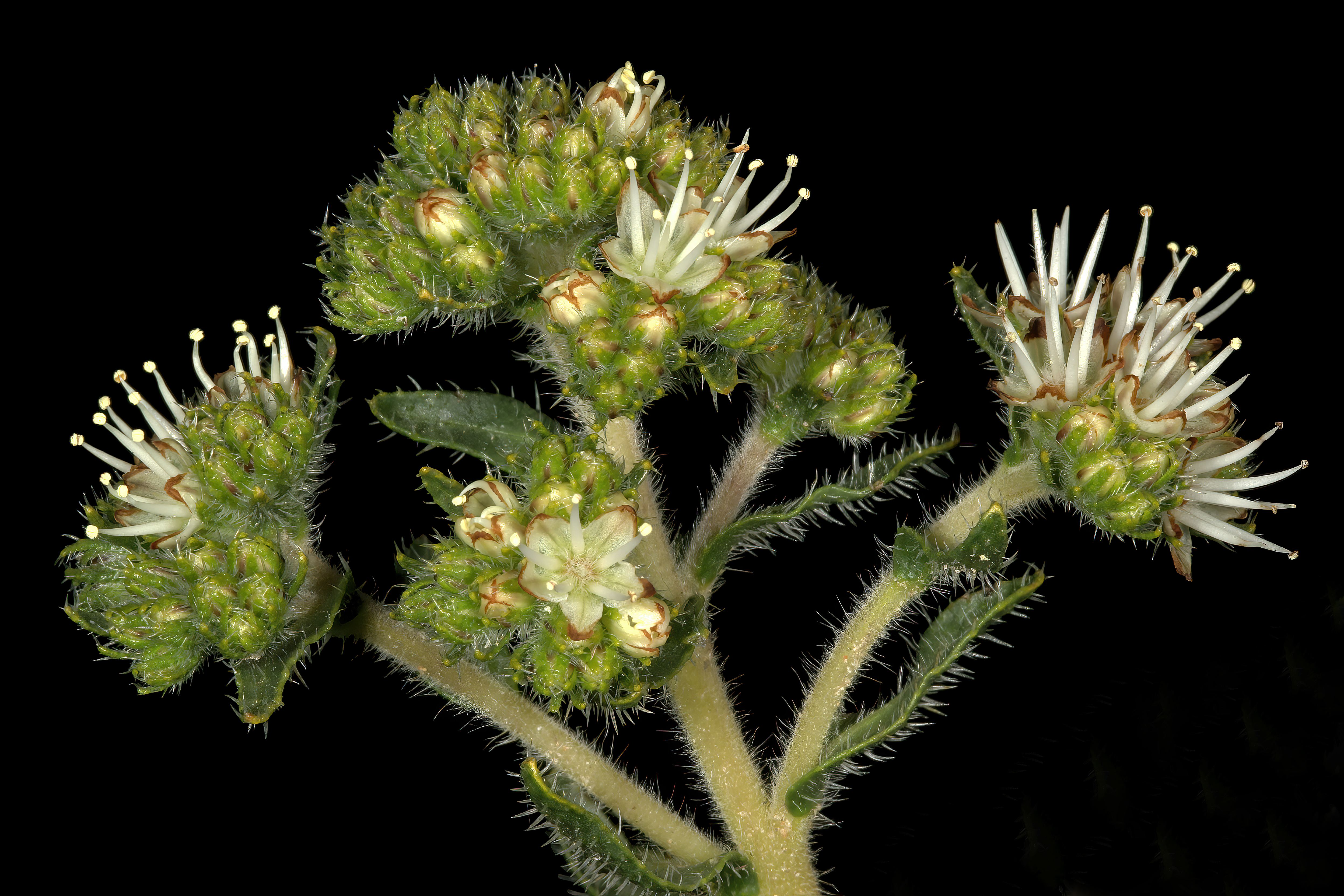Lobostemon Capitatus 1DS-II 2-1681 on:
[Wikipedia]
[Google]
[Amazon]

 ''Lobostemon'' is a genus of
''Lobostemon'' is a genus of

 ''Lobostemon'' is a genus of
''Lobostemon'' is a genus of flowering plant
Flowering plants are plants that bear flowers and fruits, and form the clade Angiospermae (), commonly called angiosperms. The term "angiosperm" is derived from the Greek words ('container, vessel') and ('seed'), and refers to those plants th ...
s belonging to the family Boraginaceae
Boraginaceae, the borage or forget-me-not family, includes about 2,000 species of shrubs, trees and herbs in 146, to 156 genera with a worldwide distribution.
The APG IV system from 2016 classifies the Boraginaceae as single family of the order ...
. Its native range is South Africa
South Africa, officially the Republic of South Africa (RSA), is the southernmost country in Africa. It is bounded to the south by of coastline that stretch along the South Atlantic and Indian Oceans; to the north by the neighbouring countri ...
. The majority of species are limited to the winter rainfall area of the country, from Springbok to Mossel Bay. In Afrikaans
Afrikaans (, ) is a West Germanic language that evolved in the Dutch Cape Colony from the Dutch vernacular of Holland proper (i.e., the Hollandic dialect) used by Dutch, French, and German settlers and their enslaved people. Afrikaans gra ...
these species are known as ''agtdaegeneesbos'', or loosely translated, bush that will heal in eight days. As this name suggests, many species have medicinal properties. This is best known from ''Lobostemon fruticosus'', which is used for treating wounds, blood poisoning, ringworm, skin diseases and syphilis
Syphilis () is a sexually transmitted infection caused by the bacterium ''Treponema pallidum'' subspecies ''pallidum''. The signs and symptoms of syphilis vary depending in which of the four stages it presents (primary, secondary, latent, an ...
.
Taxonomy
This genus belongs to the forget-me-not family, Boraginaceae. It is closely relaated to the European genus '' Echium'' but differs by the presence of staminal scales in ''Lobostemon.'' The genus name is derived from Latin ''lobos,'' meaning lobe, and the Greek word ''stemon,'' meaning stamen.Description
This genus is made up ofperennial
A perennial plant or simply perennial is a plant that lives more than two years. The term ('' per-'' + '' -ennial'', "through the years") is often used to differentiate a plant from shorter-lived annuals and biennials. The term is also wide ...
shrubs with alternate leaves that may be hairless or hairy. Plants become densely flowered in early spring. The flowers have 5 sepals
A sepal () is a part of the flower of angiosperms (flowering plants). Usually green, sepals typically function as protection for the flower in bud, and often as support for the petals when in bloom., p. 106 The term ''sepalum'' was coined b ...
, petals, and stamens and are usually bell-shaped. The sepals are mostly free (unfused) and are often dissimilar in size. The staminal filaments are typically well-developed, but they may be reduced to ridges or mere swellings and hairy. The stamen filaments are free from petals or variously fused above staminal scales.
Distribution and habitat
This genus is endemic to South Africa. It is confined to the winter rainfall area from Springbok to Mossel Bay, but several species have ranges that extend further eastward along the coast to about Makhanda, where rain occurs throughout the year.Ecology
Plants in this genus are resprouters, re-emerging most frequently after a fire. The majority of the species in this genus are pollinated by insects, although those with red flowers tend to be pollinated by birds instead.Species
The following species are recognised: *Blue rocket bugloss '' Lobostemon argenteus'' *Gouriqua lobostemon '' Lobostemon belliformis'' *Brush healthbush '' Lobostemon capitatus'' *Ash healthbush '' Lobostemon cinereus'' *Pajama bush '' Lobostemon collinus'' *Largeflower healthbush '' Lobostemon curvifolius'' *Infanta healthbush '' Lobostemon daltonii'' *Rooiberg healthbush '' Lobostemon decorus'' *Common healthbush '' Lobostemon echioides'' *Eightday healthbush '' Lobostemon fruticosus'' *Renoster healthbush '' Lobostemon glaber'' *Smooth-leaved bush bugloss '' Lobostemon glaucophyllus'' *Robertson healthbush '' Lobostemon gracilis'' *Helderberg healthbush '' Lobostemon hottentoticus'' *Arid healthbush '' Lobostemon laevigatus'' *Limestone healthbush '' Lobostemon lucidus'' *Kleinkaroo healthbush '' Lobostemon marlothii'' *Turquoise bush bugloss '' Lobostemon montanus'' *Ugly eightday curebush '' Lobostemon muirii'' *Hairy healthbush '' Lobostemon oederifolius'' *Horrid healthbush '' Lobostemon paniculatus'' *Heuwel healthbush '' Lobostemon paniculiformis'' *Kloof healthbush '' Lobostemon regulariflorus'' *Potberg eightday curebush '' Lobostemon sanguineus'' *Karoo healthbush '' Lobostemon stachydeus'' *Western Karoo healthbush '' Lobostemon strigosus'' *Bokkeveld healthbush '' Lobostemon trichotomus'' *Eastern healthbush '' Lobostemon trigonus''References
{{Taxonbar, from=Q5644154 Boraginaceae Boraginaceae genera